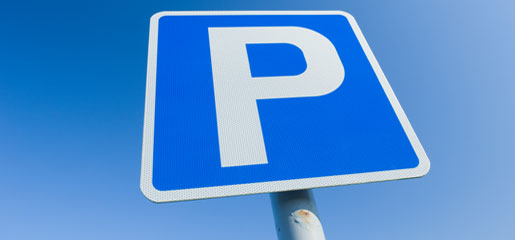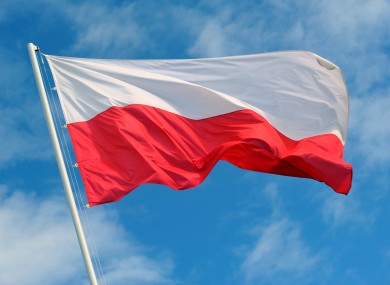Celebrating 800 Years of Dominican Presence in Ireland
Mass of Thanksgiving
Basilica of Knock Shrine
Sunday, July 28, 12.00 Noon
Celebrant: Fr. John Harris, OP,
Provincial
Welcome to our website.
We are a community of Dominican Friars, committed to building up the community of the local Church in that part of Galway known as Claddagh.
The church and priory are dedicated to Our Lady under the title, St Mary on the Hill.
We hope our website will reach out to a wider community.
MARY’S DOMINICAN CHURCH
CLADDAGH
MASS TIMES
SUNDAY
7.20am
10.00am
12.00 noon
5.00pm (Polish)
7.30pm
WEEKDAYS
Mass
Mon- Fri : 7.20am; 10.00am
Sat 10.00am only
LIVE STREAMING
Webcam : www.dominicanscladdagh.ie
Also MCN Media-tv
CONFESSIONS
Saturday 10.30am-11.00am
Morning Prayer 9.40am (Sun 9.30am)
Evening Prayer (Vespers)+ Rosary 5.30pm
Enquiries re Baptisms, Weddings, Funerals
Contact Priory Office 091 582884 (Mon – Fri 10.00am – 5.00pm)










